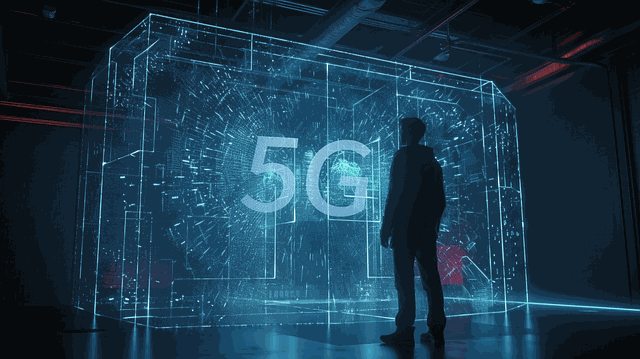5G technology has positive impacts and provides technical support for the development of the metaverse in the following ways:
1. High bandwidth and low latency. 5G networks offer faster speed, higher bandwidth, and lower latency, which can support real-time interaction and immersive experience in the metaverse. This enables seamless collaboration and connectivity between the physical and virtual worlds.
2. Massive connectivity. 5G can connect an enormous number of devices with diverse capabilities. This allows the metaverse to interconnect more users, sensors, and smart objects, creating an open, intelligent, and interoperable network infrastructure.
3. Edge computing. 5G brings computing power closer to where data is generated. By processing data at the edge, 5G can reduce latency for computing and analytics in the metaverse. This enables new immersive applications that demand real-time interaction.
4. Network slicing. 5G network slicing provides dedicated virtual networks with tailored connectivity to suit different needs. This allows the metaverse to provide optimized network capabilities for different services like gaming, streaming, remote control, and haptics.
5. Integrated sensing. 5G integrates signals from multiple sensors, creating a dynamic digital representation of the physical environment. By combining 5G with VR/AR and spatial sensing technologies, the metaverse can achieve multi-sensory immersion and a lifelike experience.
In summary, 5G provides a robust network foundation for the metaverse with capabilities like high bandwidth, low latency, massive connectivity, edge computing, and network slicing. Combined with other technologies like VR/AR and spatial sensing, 5G will accelerate the development of an open, intelligent, and immersive metaverse. The convergence of 5G and the metaverse will drive future digital innovation and transformation across industries.







